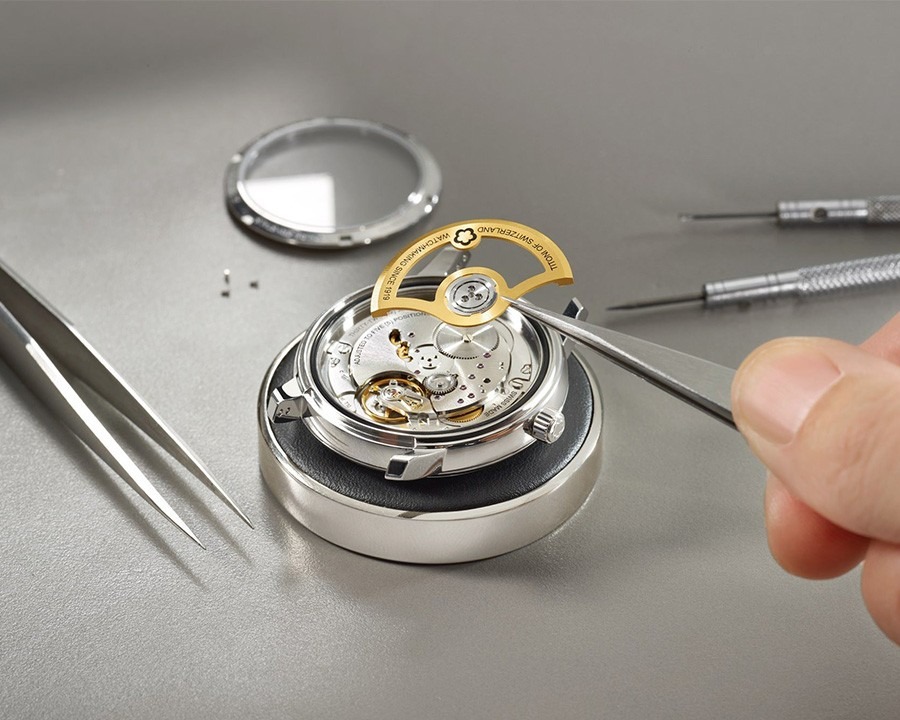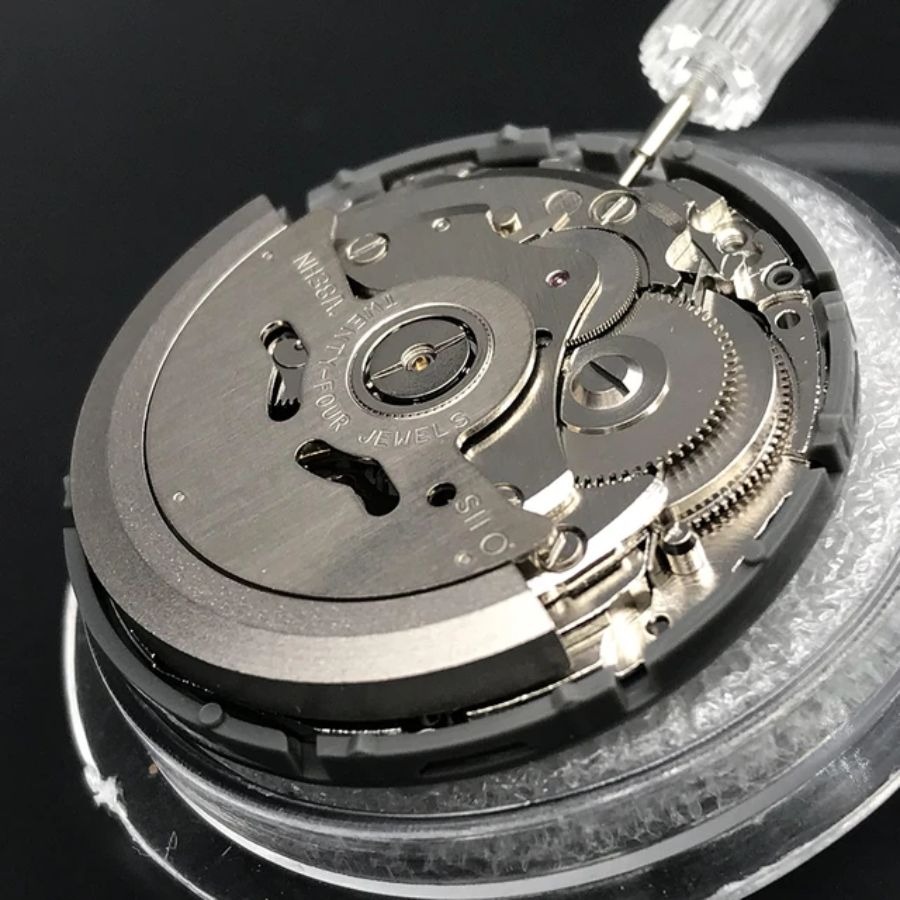Blog Replica Watches
Understanding Hacking Stop: The Function That Halts the Second Hand in Mechanical Watches
What Is Hacking Stop?
Hacking Stop, also known as Hacking Second or Stop Second, is a function that allows the second hand to stop moving when the crown is pulled out to set the time. This feature is designed to aid in precise time adjustment down to the exact second.

With the continuous operation of mechanical watches, errors can occur and require frequent adjustment. Before the development of Hacking Stop in the 20th century, the second hand continued to move when the crown was pulled, making precise time-setting challenging. This function became particularly significant in military and maritime fields, where absolute accuracy is crucial.
How Hacking Stop Works
Hacking Stop operates based on two main principles:
- Common Principle: When the crown is pulled out, the adjustment gear engages with the balance wheel’s gear, stopping the oscillation of the balance wheel and simultaneously halting the movement of the gear connected to the second hand.
- Less Common Principle: This method involves applying pressure on the crown, increasing friction on the hour hand. When the hour hand stops, there is no longer any energy supplied to the balance wheel and second hand, causing all components to cease functioning. However, this method can potentially harm the movement and is less commonly used.

Advantages of Hacking Stop
The Hacking Stop function offers several key benefits:
- Precise Time Adjustment: It allows for accurate time-setting down to the exact second, making it easier to synchronize the watch with other time sources.
- Enhanced Accuracy: Especially necessary in fields that require absolute time synchronization, such as military, maritime, and professional sports.
- Standard in Modern Mechanical Watches: Many contemporary mechanical watches come equipped with this function as a standard to improve accuracy and quality.
Controversies Surrounding Hacking Stop
Hacking Stop is not without controversy. Some argue that abruptly stopping the balance wheel’s movement may affect the longevity of the movement. Philippe Stern, former president of Patek Philippe, has expressed concerns about this. However, Michael Friedberg from the IWC forum believes that the function does not damage the movement, and its use depends on individual needs and preferences.
The convenience of Hacking Stop has made it popular, especially when combined with manual winding functions, creating a “perfect trio” for modern mechanical watches.

Does Hacking Stop Appear in Quartz Watches?
For quartz watches, which operate on battery power and electronic movements with low error rates, Hacking Stop is typically not necessary. Some quartz watches do feature this function to stop the second hand, but it does not affect the watch’s operation. However, using this function may lead to increased battery drain and potentially affect the watch’s electronic components.
With this information, we hope you now have a clearer understanding of Hacking Stop and its role in enhancing the precision of mechanical watches. Hacking Stop has become an important feature in many modern mechanical watches, contributing to improved accuracy and user convenience.

